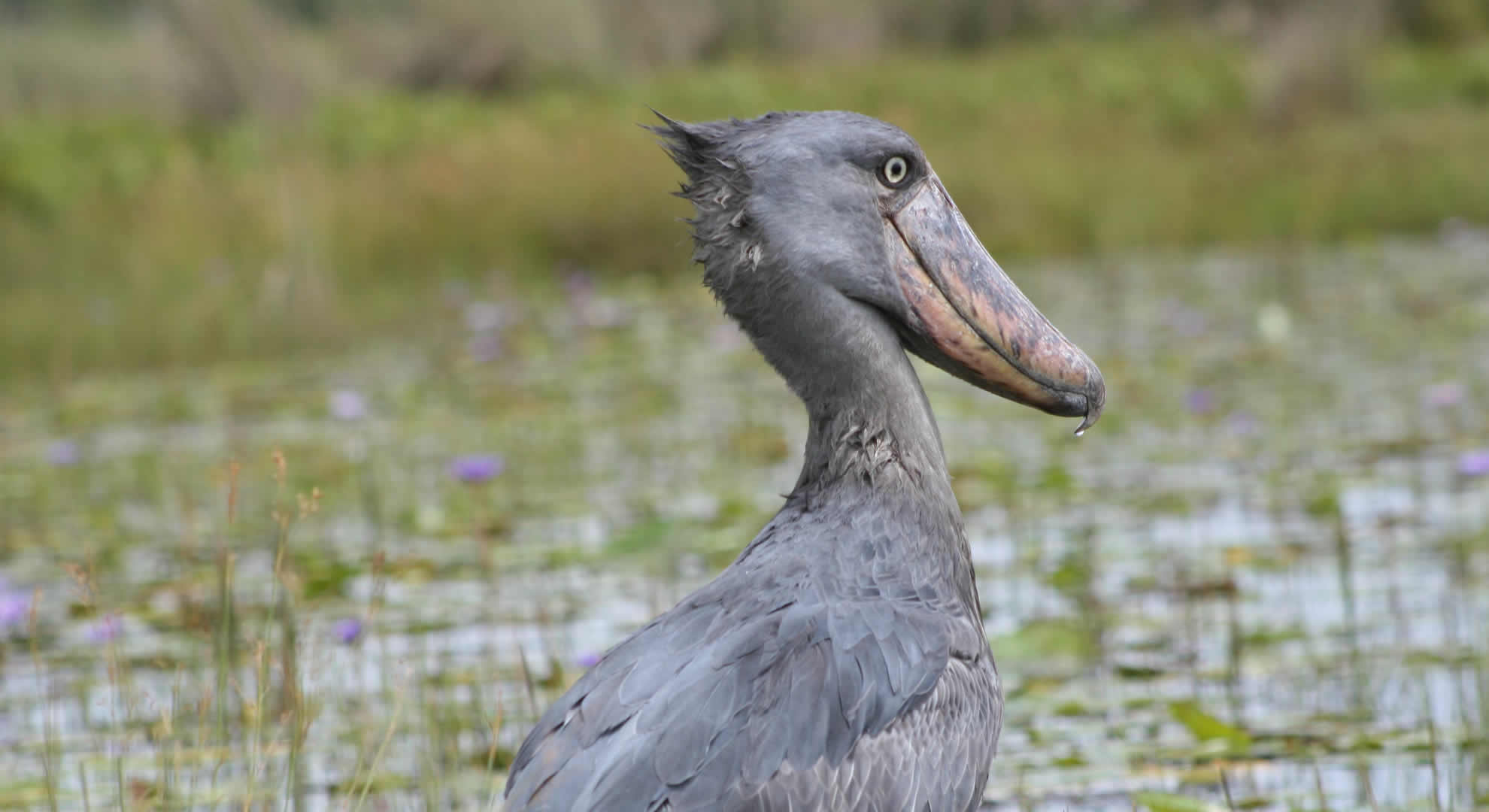Gishwati Mukura National Park
Rwanda’s fourth national park, Gishwati Mukura is made up of two separate forests – the larger Gishwati and small Mukura, forming a total of 34 square kilometres plus a buffer zone.
Destination Highlights
The forests sit on the ridge which divides the Congo and Nile water catchment areas, along the incredibly biodiverse Albertine Rift in the west of the country. It is made up of 60 species of tree, including indigenous hardwoods and bamboo.

Gishwati Mukura National Park Background Information
Gishwati is home to a group of 20 chimpanzees which live alongside golden monkeys, L’Hoest’s and Blue Monkeys. Birds are well represented too, 232 species have been seen at Gishwati and 163 at Mukura, among them Albertine Rift Endemic species and forest specialists.
The park is currently part of an ambitious landscape restoration program. Activities in the park are due to begin in 2019 and include a guided nature hike, guided chimp and monkey tracking, bird watching and a visit to the waterfalls.
The formalisation of its National Park status in 2015 aims to help redress the balance, to increase the number of trees to improve soil fertility, stabilise slopes and regulate stream flow. It will also contribute to improving the livelihoods of the population living in the surrounding areas, which in turn offers the forest a better chance of regeneration in tandem with the potential to raise living standards in the longer term.
What to see and do
Community-based activities include a farm stay, a live cultural dance, making handicrafts, beekeeping, a tea plantation tour and the chance to learn from traditional healers, who use natural plants to support modern medicine and synthesised drugs.
The forest is home to chimpanzees, l'Hoest's monkeys and the charismatic golden monkeys, which are endemic to the Albertine Rift. Other small mammals include tree hyrax and black-fronted duiker. Although there hasn’t been any recent research, the new park looks like a promising bird-watching destination as well. Specials include 14 Albertine Rift endemics, including Rwenzori turaco and red-throated alethe. Note that walking trails are limited, and no official activities were being offered as of early 2019. It is, however, possible to enter parts of the forest and see how the conservation efforts are progressing.
Where to find Gishwati Mukura National Park




